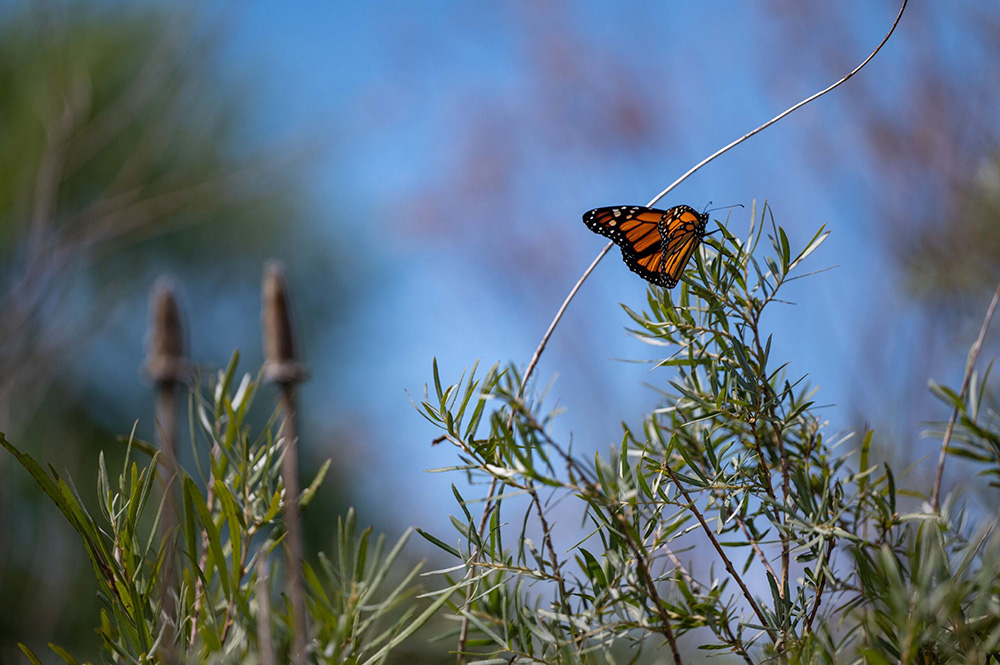Last month, the U.S. Fish and Wildlife Service proposed the monarch butterfly be afforded new protections under the Endangered Species Act.
The Defense Department, with nearly 27 million acres of land, air and water resources, already plays a role in providing protections for the monarch butterfly. However, the new “Conservation Strategy for the Monarch Butterfly” details what its role will be if the monarch butterfly becomes federally listed as a threatened species under the ESA.
In preparation for the monarch’s potential listing, the department has been collaborating with USFWS to develop a conservation strategy that allows DOD to contribute to the monarch’s conservation. That same collaborative effort also ensures that the department will still be able to perform its mission and maintain military readiness.
The strategy’s key tenets are to enable DOD to meet its mission with flexibility and certainty while participating in the conservation of the monarch butterfly.
The strategy promotes the continued implementation of existing conservation programs to benefit the monarch butterfly on the over 1.7 million acres of grasslands that the department manages by providing nectar and milkweed resources and protecting 53 sites for overwintering monarchs. These efforts allow for realistic military training, testing and operations on natural landscapes that are critical for maintaining mission readiness.
“Mission readiness is predicated on having sufficient access to open lands and ranges to enable our troops to train and test. To achieve this, the [Defense Department] actively conducts natural resources management that provides conservation benefits to millions of acres that it oversees,” said Ron Tickle, the deputy assistant secretary of defense for environmental management and restoration. “Thanks to that long-standing commitment, DOD is ahead of the curve in complying with U.S. Fish and Wildlife Service’s monarch [Endangered Species Act] listing. Species conservation and mission readiness go hand in hand.”
Because of natural resources management, DOD’s mission, training or readiness will not be impacted. The department has been working in collaboration with the USFWS to be well-positioned to efficiently navigate foreseeable regulatory requirements for the final monarch listing in the future.
According to the strategy, DOD efforts toward monarch butterfly conservation include, but are not limited to, adjustments to the methods and timing of grounds management activities, including mowing, grazing, row crop production, prescribed burning, herbicides application, pesticides and insecticides, grassland restoration activities, and tree removal and forest management.
Military activities such as air operations, water operations, field training operations, live munitions training, demolition, and research, development, testing and evaluation are not affected by monarch conservation activities.






